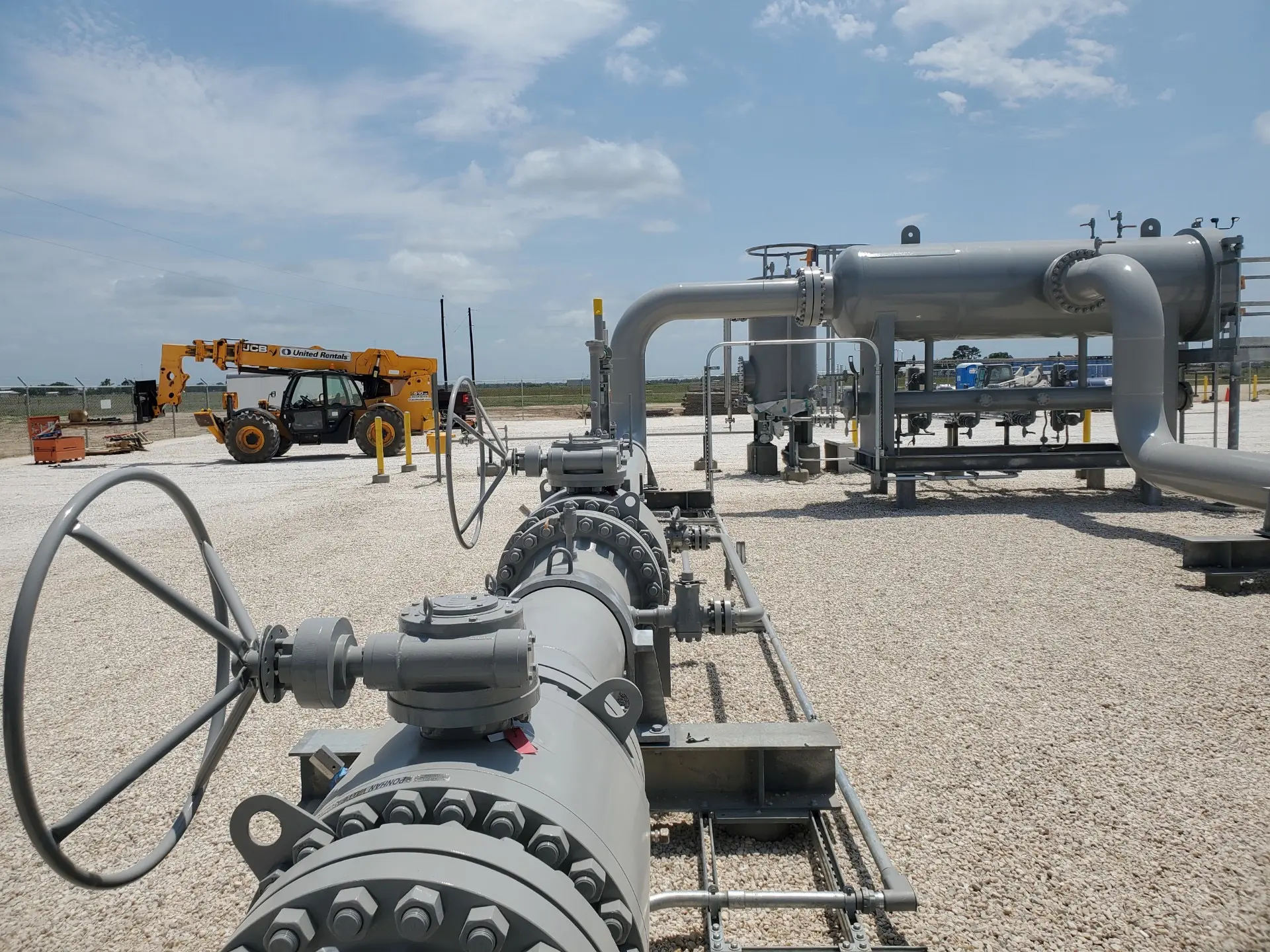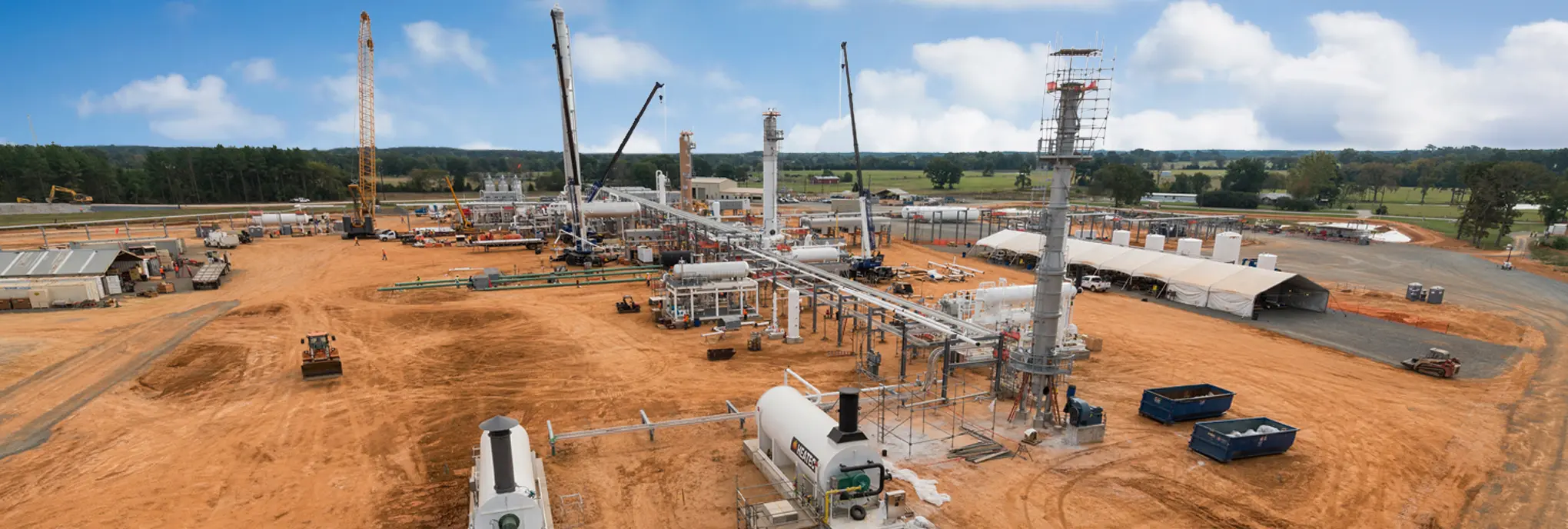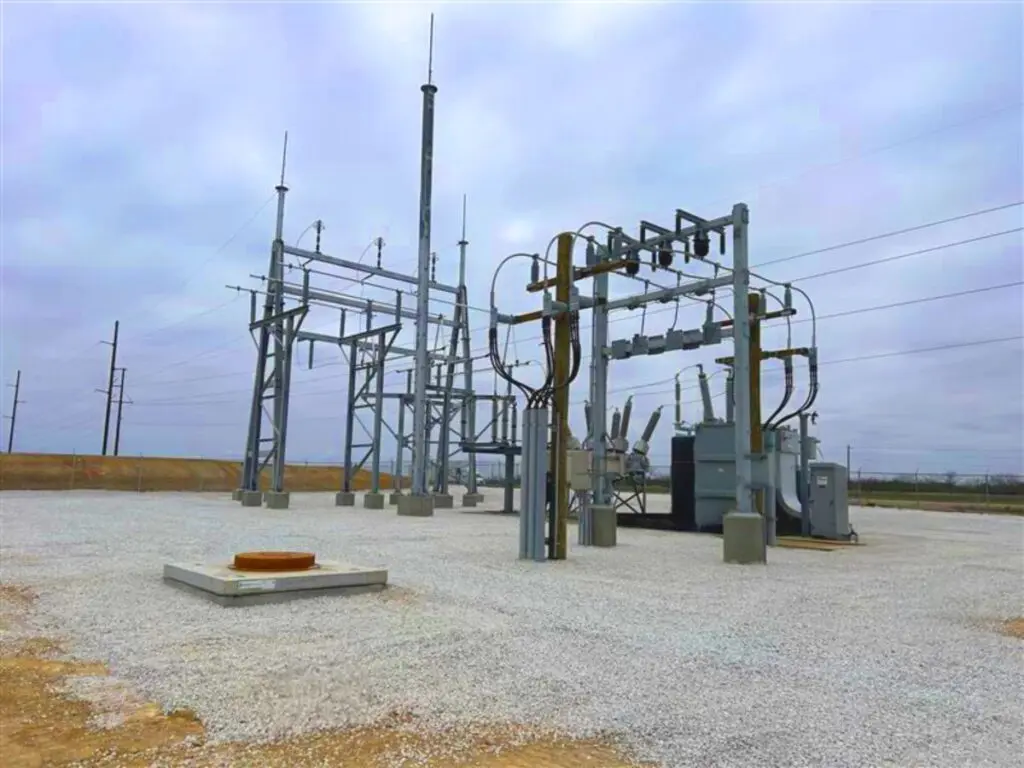

Want to share this article?
Eagle Ford Presenting Significant Opportunities for Midstream Companies
Containing an estimated 7 – 10 billion barrels of recoverable oil, the Eagle Ford shale play is the largest on-shore oil reserve ever discovered in the continental U.S.
This month, oil production in the play is expected to reach 1.4 million barrels per day, making it the largest share of production growth among all major shale formations in the country.
With more wells being drilled and additional rigs being installed, production in the region is on the rise, and as a result, the need for more processing facilities and midstream-related infrastructure is becoming prominent.
Pipeline development, in particular, has become extremely critical to delivering the light, sweet crude oil from Eagle Ford to the market. However, with infrastructure still lagging behind current production rates, owners and operators are scrambling to increase capacity and eliminate costly bottlenecks.
In light of this production boom in Eagle Ford, the number of opportunities for midstream companies and gas processors to help operators meet rising energy demands has increased dramatically. Along with the installation of brand-new pipeline networks, the need for expansions, retrofits, reverses, and twinning of existing routes has become important.
Though many producers consider these options to be less than ideal — especially in a region that is expected to have sustained oil production throughout the foreseeable future — their cost-effective nature coupled with more stringent regulations being placed on the development of new routes aligns well with the existing market.
Utilizing existing assets and right-of-ways to meet demands also reduces the time and planning associated with pipeline construction; making them the most economically feasible option to a region that desperately needs more infrastructure to meet rapidly rising product output.












